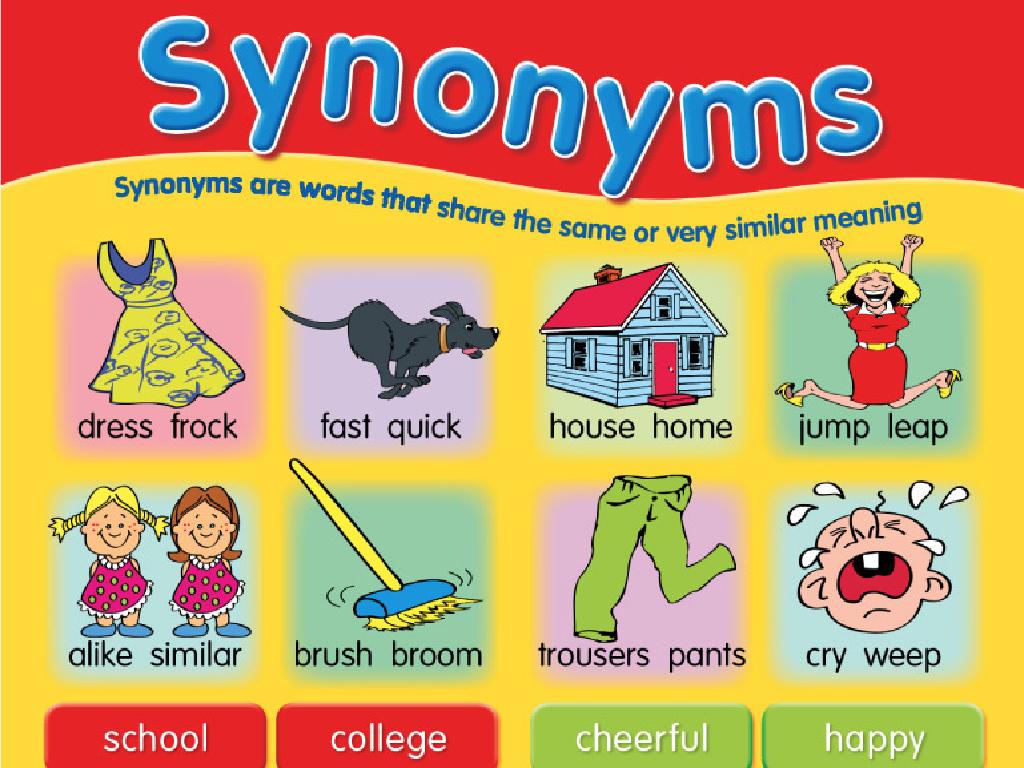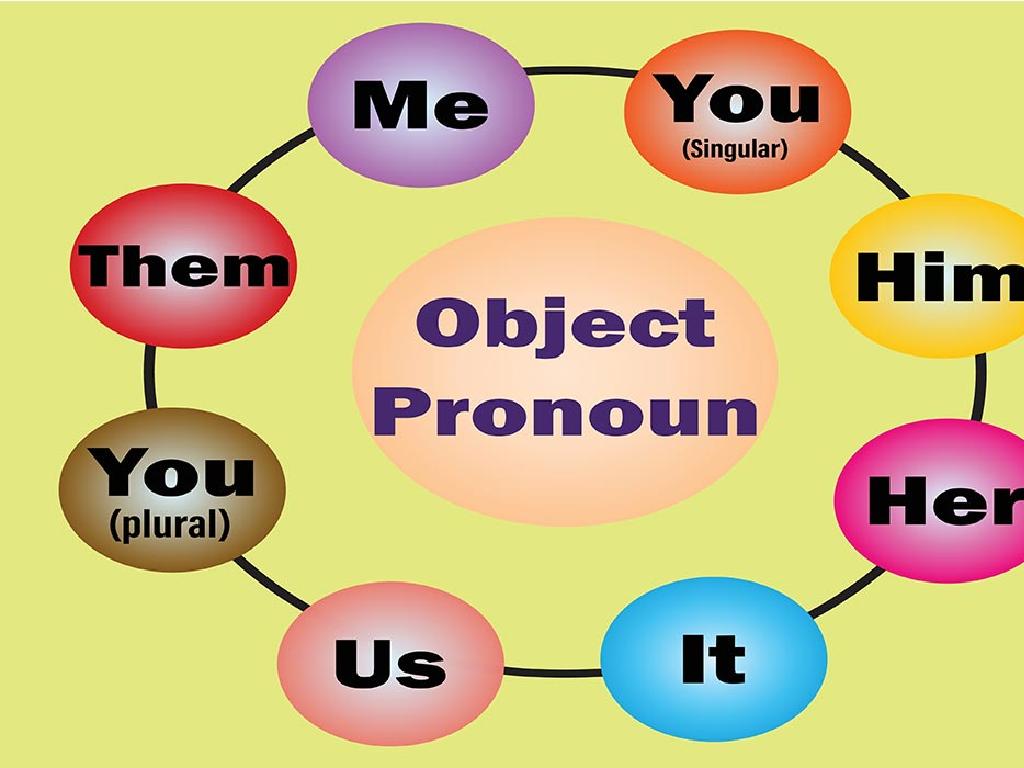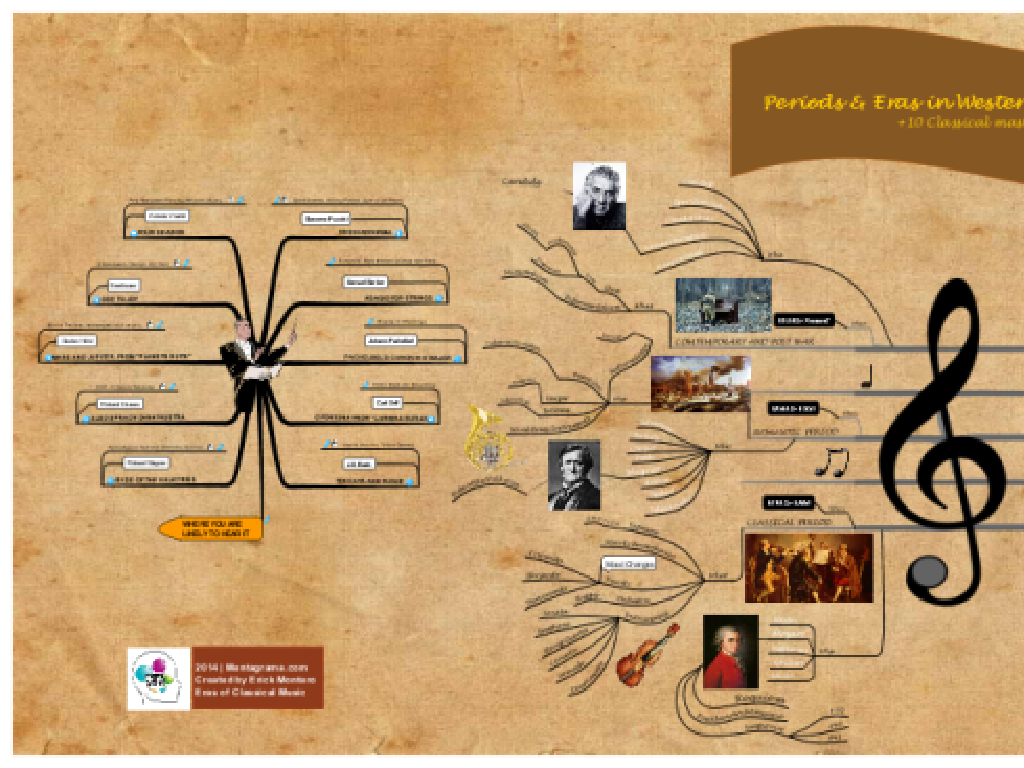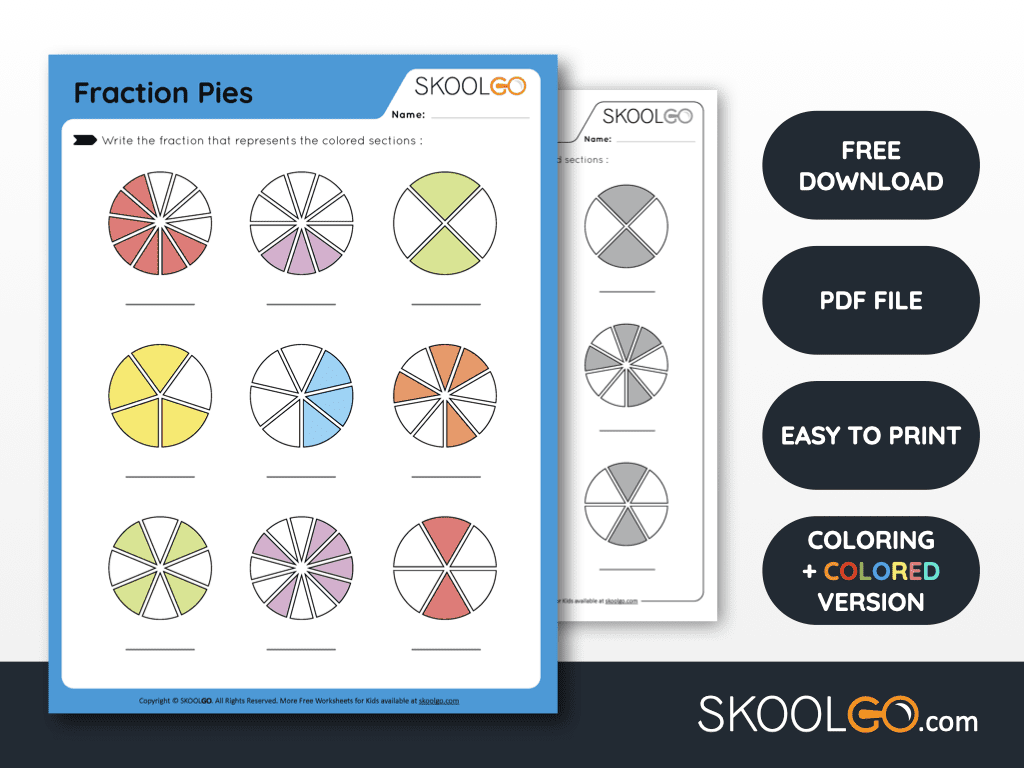Susan B. Anthony
Subject: Social studies
Grade: Third grade
Topic: Historical Figures
Please LOG IN to download the presentation. Access is available to registered users only.
View More Content
Introduction to Susan B. Anthony
– A hero in history
– Fought for women’s rights
– Worked hard so women could vote and have equal rights
– Made a big difference
– Her actions changed laws and society
– Let’s learn about her impact
|
Susan B. Anthony was a key figure in the women’s suffrage movement, which fought for the right of women to vote. She dedicated her life to social equality and justice, not just for women but for all. Through her efforts, she played a significant role in changing the course of American history. Today’s lesson will explore her life, her work, and the lasting impact she has had on our society. Encourage the students to think about what it means to stand up for what you believe in and how one person can make a huge difference in the world.
The Early Life of Susan B. Anthony
– Born on February 15, 1820
– Susan was born in Massachusetts.
– Grew up with fair-minded family
– Her family taught her to treat everyone equally.
– Strong sense of justice as a child
– She believed everyone deserved to be treated fairly, no matter who they were.
|
This slide introduces students to Susan B. Anthony’s early life, emphasizing the values she was raised with and how they influenced her future work. Highlight her birthdate as a fact to remember and discuss the environment she grew up in, where fairness was a family value. Explain that even as a young girl, Susan felt strongly about justice, which set the foundation for her later activism. Use this opportunity to ask students about their own sense of fairness and how they feel when they see someone being treated unfairly, to make the connection personal and relatable.
Susan B. Anthony: Champion of Education
– Valued education for all
– Susan thought learning was key to success.
– Worked as a teacher
– She taught to support her family.
– Teaching led to rights advocacy
– Noticed women and men were treated differently.
|
Susan B. Anthony was a strong advocate for education, believing it to be essential for everyone’s success. She took up teaching as a profession, not only to help her family financially but also because she valued the power of knowledge. Through her experiences as a teacher, she began to see the inequalities between men and women, particularly in education and pay. This realization sparked her lifelong dedication to women’s rights. Encourage students to discuss why education is important and how Susan B. Anthony’s work as a teacher influenced her views on equality. Ask them to think about how education can help people today to advocate for their rights.
Fighting for Equality: Susan B. Anthony
– Susan B. Anthony’s battle
– She stood up for equal rights for all people.
– Advocated for women’s voting rights
– Believed women had the right to vote like men.
– Formed groups for legal change
– Worked with friends to start movements.
– Equality for everyone
|
Susan B. Anthony was a pioneer in the fight for women’s rights, particularly the right to vote. She believed in equality for all, regardless of gender. She worked tirelessly, often with her close friends, to form groups and movements that aimed at changing laws and societal views. These groups played a crucial role in advocating for women’s suffrage and laid the groundwork for future legal reforms. It’s important to discuss with students how her actions contributed to the rights they have today and to understand the significance of her work in the context of American history and the broader struggle for civil rights.
Susan B. Anthony and Women’s Right to Vote
– Susan fought for women’s voting rights
– Worked tirelessly so women could vote like men
– She gave speeches and wrote books
– Her words inspired many and spread her message
– Susan was arrested for her cause
– Even going to jail didn’t stop her fight for equality
– 19th Amendment: Women’s vote victory
– In 1920, women finally won the right to vote because of activists like Susan
|
Susan B. Anthony was a key figure in the women’s suffrage movement, which aimed to grant women the right to vote. She dedicated her life to this cause by speaking out, writing, and taking action, even when it meant facing arrest. Her determination and advocacy played a significant role in the eventual passing of the 19th Amendment to the U.S. Constitution in 1920, which granted women the right to vote. It’s important to discuss with students how her actions demonstrate the impact one individual can have on changing laws and society. Encourage them to think of ways they can make a difference in their own communities.
The Legacy of Susan B. Anthony
– Susan B. Anthony passed away in 1906
– Her efforts led to women’s right to vote
– Women vote today thanks to her hard work
– One person’s impact can be huge
– She proved how powerful one voice can be
– Her legacy continues today
|
This slide aims to highlight the enduring legacy of Susan B. Anthony and her pivotal role in the women’s suffrage movement. Although she passed away in 1906, her work had a lasting impact, culminating in the 19th Amendment, which granted women the right to vote. It’s important to convey to students that individual efforts can lead to significant societal changes. Susan B. Anthony’s life is a testament to the power of dedication and belief in a cause. Encourage students to think of ways they can make a difference in their own communities, inspired by Anthony’s example.
Class Activity: Be Like Susan!
– Create ‘Votes for All’ posters
– Think of a school rule to change
– What rule seems unfair or could be better?
– Design a persuasive poster
– Use pictures and words to convince classmates
– Share your ideas with the class
– Explain why your change is good for everyone
|
This activity encourages students to step into the shoes of Susan B. Anthony by advocating for change through poster-making. Guide the students to identify a rule at school they feel could be improved. Discuss what makes a persuasive argument and how to effectively communicate their ideas visually. Provide materials for poster creation and allow time for students to present their posters to the class. This will help them understand the power of advocacy and the democratic process. Possible variations of the activity could include creating campaign buttons, writing persuasive speeches, or holding a mock vote on the proposed rule changes.






